En Plein Air: Art on the Wild Side
Do a Google image search for the Scotchman Peaks and a surprising majority of the search results will be paintings.
Credit that to the Friends of the Scotchman Peaks Wilderness (FSPW), which for the last six years has taken artists on a rugged backpacking trip deep in the heart of the 88,000-acre Scotchman Peaks Wilderness Study Area in the western Cabinet Mountains of Idaho and Montana—some of the wildest country in Montana.
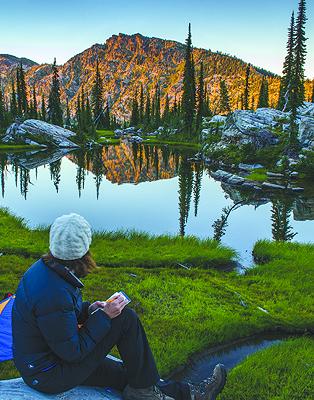
Painters Jared Shear and Aaron Johnson sketched out the idea at a plein air paintout organized by the FSPW, Kally Thurman at Outskirts Gallery in Hope, Idaho, and Jim Quinn at Timber Stand Gallery in Sandpoint.
“En plein air” is a French expression that means “in the open air” and in particular describes the act of painting or drawing outdoors. The paintout, like most acts of plein air, was casual, from the side of the road. Shear and Johnson’s idea: to take artists into the untracked interior of the Scotchmans to paint, pencil sketch, sculpt, and photograph.
Says Shear, “At that time the event just looked at views of the Scotchman Peaks from outside the wilderness area, so Aaron johnson and a couple artists and I suggested ‘Hey, let’s actually get into the wilderness and paint from the inside.’”
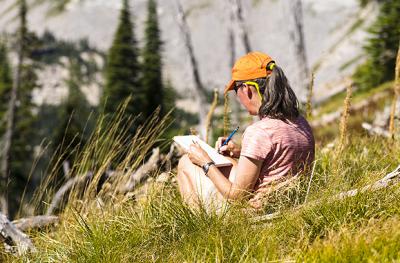
Getting inside the Scotchmans, however, is no easy task.
No roads enter the Scotchman Peaks, and few trails penetrate the periphery. Those that do either attack the peaks mercilessly or snake up the cedar-choked creek bottoms.
Sandy Compton, Program Coordinator at FSPW and descendant of a string of Comptons who lived in the shadow of Star Peak on the southern edge of the Scotchmans, planned an ambitious bushwhacking itinerary: “Sandy points and says, ‘we’re going to go here, and you figure out how to get there,’” laughs Johnson. The idea earned the name “Extreme Plein Air.”
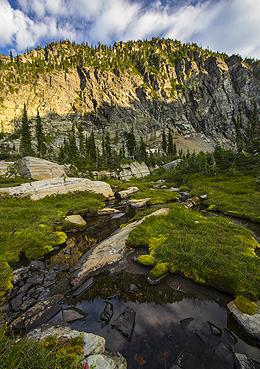
In five days the group might hike more than 20—the majority of it off trail—and climb well over 10,000 feet of elevation.
In addition to packing the necessary gear—tent, clothes, food—for a five-day backcountry trip, the artists had to figure out how to haul the art supplies they would need to accomplish their work. Shear estimates that his pack weighed 60 to 70 pounds—one-third of that weight paints, brushes, paper, and other supplies.
Says Shear, “Sometimes having those limitations, where you can’t bring everything, where you just have certain tools with you, is not a bad thing.”
The limitations on everything but time encouraged experimentation and improvisation. One year, Shear scraped “watermelon snow”—an alpine algae that dyes the snow red where it grows—out of a cirque and used it as pigment in a painting.
Working in the backcountry, artists must balance the need for total focus required to create art with the wrangling of the forces of nature.
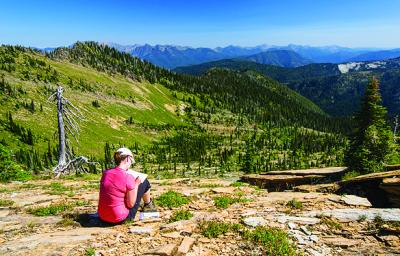
Rain can ravage a piece. Paints dry quicker on the palette but not on the paper in the thin, gusty mountain air.
“It’s not like it’s an easy place to sit down and paint,” says Johnson. “The wind, the sun, the mosquitoes all work against you. And you’re exhausted. You hike all day long to this unbelievable place and then you’re supposed to just be creative. That’s sometimes hard.”
But the rewards of such effort produce work that cannot be duplicated from the side of the road.
“When I’m painting the rocks on a talus field, I’m painting not just from a visual experience but also from the experience of hiking over them, from experiencing the smells and sounds around me,” says Johnson.
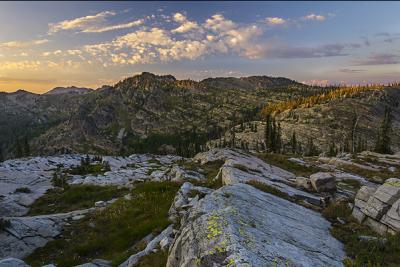
“If you’re wanting to paint a mountain,” says Shear, “looking at it from far off you get a sense of it, but if you can stand on it, sweat on it, bleed on it, you’re hopefully going to express something a little more authentic.”
Not far from the Cabinet Mountains, a similar program for artists provides a few more creature comforts but in no less of a wild setting.
Developed by the Bob Marshall Wilderness Foundation, the Flathead National Forest, Hockaday Museum of Art, and the Swan Ecosystem Center, the Artist Wilderness Connection Program places artists in remote settings where they can work in solitude, inspired by the wilderness just outside their cabin door.
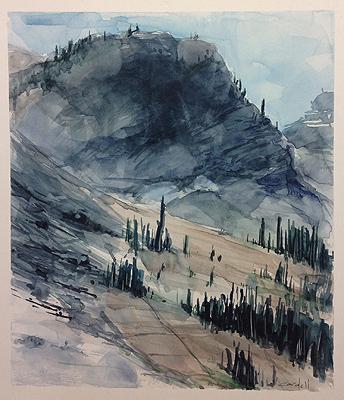
Since 2004, the artist-in-residence program has hosted more than 30 Montana artists working in various media on remote cabins in the Flathead National Forest. Randy Beacham, a professional landscape photographer from Yaak, completed a residency in 2013 at the primitive Silver Tip cabin, a Forest Service rental on the Spotted Bear River adjacent to the Bob Marshall Wilderness.
An outfitter and his horses ferried Beacham and his gear 4 ½ miles to the cabin. Rather than a backcountry trip where he might shoot somewhere new everyday, Beacham got to explore the area around the cabin for nearly two weeks. It was an approach that suited Beacham, who has honed a photographic eye for details over the course of nearly 20 years of photographing the subtle beauty of the Yaak Valley.
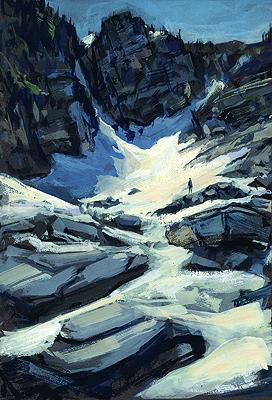
“Once I get to an area, I see what catches my eye and try to tell a story with it, letting the landscape show me what to photograph,” says Beacham.
This unfocused approach eventually produces a meditative focus on the subtle characteristics of a place—the colorful river rocks and limestome striations in the peaks overlooking the Spotted Bear River, for example.
Says Beacham, “I also like the approach of the grand views and putting a scene together, but doing the close-up details is sort of a zen-like thing, really letting me get completely focused on whatever I’m photographing.”
Says Beacham, “At home in the Yaak I have other responsibilities—a job, a house—so ordinarily I might be able to sneak away for just a couple hours at a time a few days a week to work on photography. So to totally immerse myself for 12 days was just fantastic.”
That time—free of the routines and distractions of the outside world—informed the artists’ work as much as the setting.
“Whether it’s photography or painting or sculpture or music, the more time you have to get acquainted with the subject matter, the more it informs what you’re creating,” says Shear. “You listen, you can gather so much more, get rid of pre-conceived notions. You almost have a dialogue.”
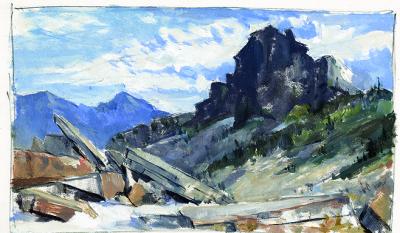
That work then starts its own dialogue with the public, as the artists become a medium by which the public connects with the wilderness. As part of his residency, Beacham will donate a print to the Artist Wildernss Connection Program and give presentations throughout the Flathead Valley and Lincoln County. The Extreme Plein Air artists hope to raise awareness of the Scotchman Peaks, which are perhaps the largest intact tract of unprotected wildlands in the Cabinet Mountains.
“My artwork pales in comparison to the beauty of God’s creation out there, but you hope as an artist to be able to capture a little of that, and to open up a dialogue with people who have never seen the area before,” says Shear. “There’s some beautiful country out there to be explored. You’d hate for people to miss out on such a beautiful place.”
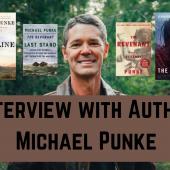
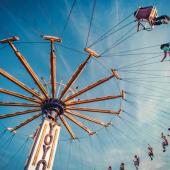
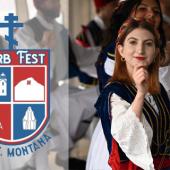
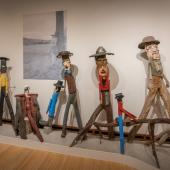

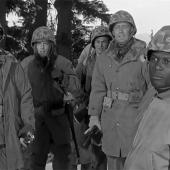
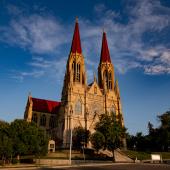
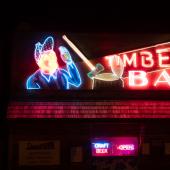
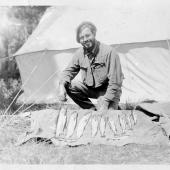

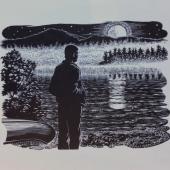
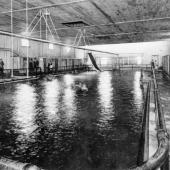
Leave a Comment Here